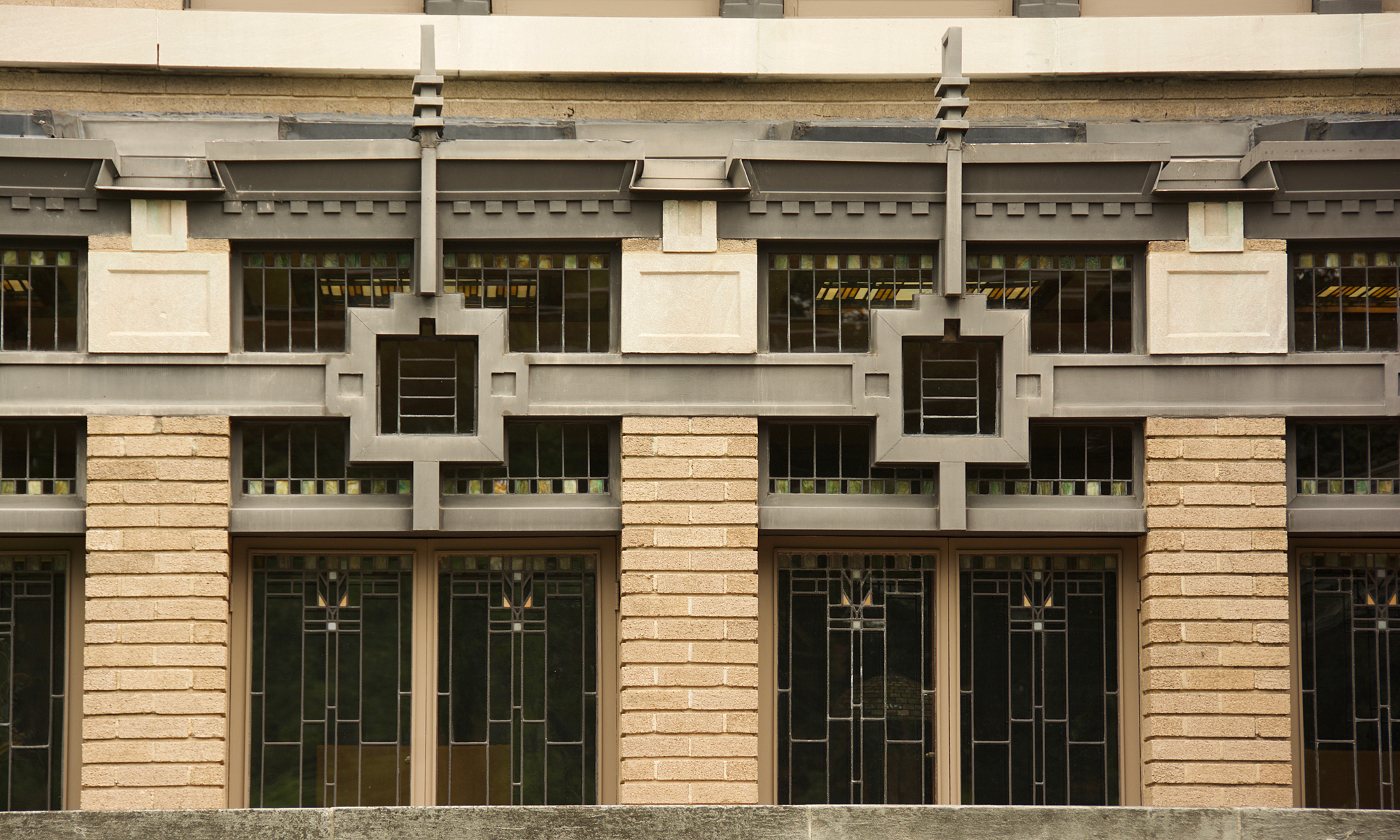Andrew Pielage Chronicles Architectural Trek Through the Badger State for Travel Wisconsin
Interview with Brian R. Hannan
For Andrew Pielage, a recent commission to photograph the Frank Lloyd Wright Trail for Travel Wisconsin amounted to a “whirlwind.”
“Photographing sometimes multiple Wright sites a day, for several days, was a big challenge but also super-fun,” the Phoenix-based advertising and architectural photographer recalled. “Being in Arizona, I could not scout the designs beforehand, so it was really giving the site a quick overview and identifying and reading the light in the space – and just going for it.”
Growing up in what he calls an outdoorsy, “adventurist family,” Pielage said he was “hooked” at first sight when he visited his first Wright-designed site – Taliesin West – in 2011. “The winding road up to Taliesin West immediately reminded me of long, dusty desert drives with my family growing up. I felt at home when I arrived. The relationship and respect between Wright and the landscape I loved became more and more obvious. Taliesin West was everything I loved about growing up with my family in Arizona.”
That same year, Pielage began teaching photography workshops at Wright-designed homes, including Taliesin, Taliesin West and Fallingwater. He’s also begun a personal project to photograph Wright’s extant buildings, increasingly becoming recognized in Wright circles for his craft in the process.
“My goal photographing a Wright site is to attempt to capture just 1 percent of that visceral experience you get when you enter a building. That’s what I would consider a successful photograph” Pielage said. “With photographing the remaining Wright sites, there is definitely a documentary aspect to the project as well. These images will represent the current state of Frank Lloyd Wright designs in the 2000s.”
What is your “favorite” Wright design?
I tend to dive deep in my research into each Wright site before I photograph it, and it’s tough not to fall in love with it. With that said, I do have a few Wright sites that tend to stay with me longer than others. You don’t just see Wright’s designs, you can feel them when you walk in and around them.
That was especially true in Unity Temple. Walking into that space, I felt like all those lines were just wrapping around me; I felt like the space was holding me in its loving and peaceful arms. I ended up having to sit down and just breathe in the space for a few minutes before setting up my camera.
The David Wright house is another favorite. I was married there!
On the Frank Lloyd Wright Trail, my favorite “non-accessible-to-the-public” area has to be the reception area on the executive floor in the SC Johnson Administration Building. It had all the same features of the Great Workroom but was designed for one desk instead of an office full of them.
When you visit a Wright property, are you a tourist first or a professional photographer? How does the visceral experience of seeing the work in person inform the work?
Definitely a tourist. Time permitting, I usually have my contact give me a tour of the site before any equipment comes out. As we walk around, I jump from tourist to photographer – looking first at where the light is and its relationship to the design.
I don’t think I can put into words how I attempt to capture not only his architecture but also the visceral experience in the images. Great photography comes from the head and the heart, and I just have to trust and follow those instincts when I photograph.
As anyone that has visited a Wright site would know, you don’t just see his designs, you feel them. And that goes hand in hand with my favorite photography quote. “A good photograph you see, a great photograph you feel.”
Editor’s Note: Learn more about Andrew Pielage and his photography on his website: www.apizm.com.
